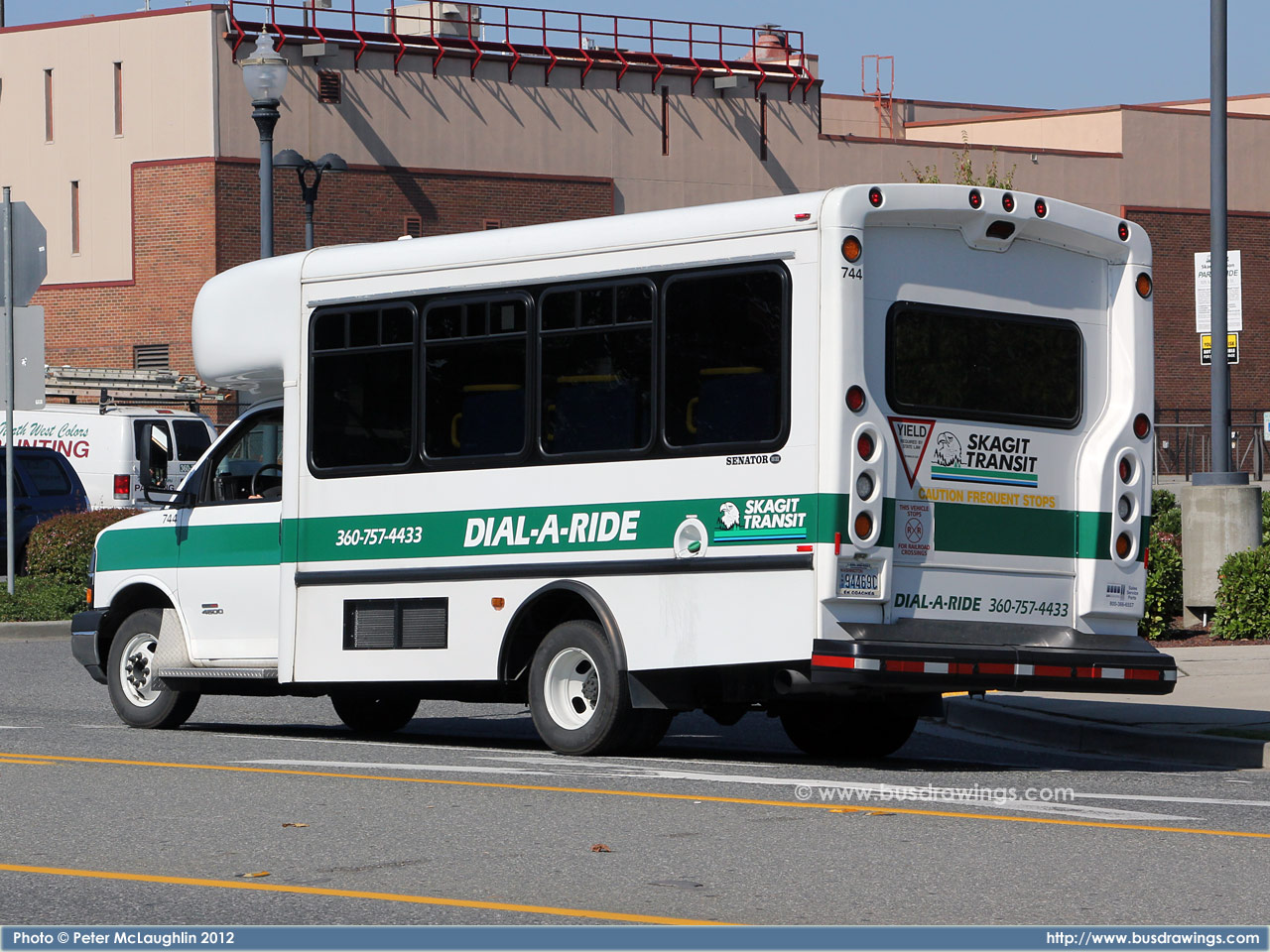
Henry got a job with an import firm handling correspondence. They had a large house and converted the gym into a bedroom. Joachim recalled that some family members lived in Krakow, Poland and the family was welcomed there by the Wasserberger family. Because Joachim was not born in Germany and did not have German citizenship, the family was considered stateless. They were taken to the railway station in open trucks to shame them publicly and deported to Poland along with 1500 other Jews. In October 1938, the family was taken to police headquarters and their passports were invalidated. Henry then got a job with a luxury department store, Hirsch & Co. He then got an internship with a private, Jewish-owned bank and was promoted, until 1938, when the bank was Aryanized. He participated in some school activities, such as orchestra, but as a Jew, could not go on school outings, or participate in activities, such as sports, that took place in public spaces. He attended a private school run by the Dresden Chamber of Commerce. In 1936, Henry was forced to leave school because he was Jewish. The family considered leaving Germany, possibly for the US, but the strict quotas made getting visas unlikely. Many Jews were forced to put non-Jews in charge of their businesses or sell them at a loss to Nazi approved buyers, but Joachim’s business was never Aryanized in this way. Joachim’s brother, Ferdinand, closed his office in Berlin on April 1, 1933, and left for Palestine.
#SKAT TRANSIT SERIES#
In 1933, the Nazi dictatorship assumed power in Germany and enacted a series of anti-Jewish policies. The family was moderately observant and Heinz attended Hebrew school. Joachim owned a textile factory that manufactured linen tablecloths, sheets, and other textiles and had five to ten employees. Joachim served in the Austro-Hungarian Army in World War I. Black clover suit of 8 cards: 4 number and 4 face cards: be-bh. Red diamond suit of 8 cards: 4 number and 4 face cards: aw-az. Red diamond suit of 8 cards: 4 number and 4 face cards: ao-ar. Red heart suit of 8 cards: 4 number and 4 face cards: ag-aj. Black clover suit of 8 cards: 4 number and 4 face cards: y.-ab. Red heart suit of 8 cards: 4 number and 4 face cards: q-t. Black spade suit of 8 cards: 4 number and 4 face cards: i-l. Black spade suit of 8 cards: 4 number and 4 face cards: a-d. The Ace card has As in each corner and in the center above the suit symbol.Ī-h. The King card has a K in each corner and Konig, in mirror image. The Queen card has a D in each corner and Dame,, in mirror image. The Jack card has a B in each corner, and Bube, German for Jack, in mirror image. Each number card has the number in each corner with the suit symbol below, and the corresponding number of symbols in the center. Each deck contains 32 cards, 8 for each suit: red hearts, red diamonds, black clovers, and black spades. Two decks of handmade, rectangular, paper, skat cards. In February 1947, they emigrated to the United States. The family left for Prague, then traveled to different transit camps trying to find a place they wanted to stay.

The camp was liberated May 9 by Soviet troops.

Schindler left on May 7, 1945, the day Germany surrendered. Schindler kept the Germans out of the camp.

In October 1944, Heinz and Joachim were sent to Brunnlitz. Schindler relocated his factory to Brunnlitz in German occupied Czechoslovakia, designated a subcamp of Gross Rosen. As the Soviet Army approached, the Germans prepared to close the camp. The family got on the list, partly because they spoke German. Schindler owned two nearby factories and employed about 900 Jewish forced laborers, who he protected from the abuse at Płaszów and from deportation. That August, the family learned of Oskar Schindler’s list. In 1944, Płaszów became a concentration camp and conditions worsened. Heinz worked in the camp office Martha and Susi in a factory Joachim outside the camp. In March 1943, the ghetto was liquidated and the Dressler's were sent to the camp, a brutal place where Ukrainian guards daily shot inmates for no reason. Heinz did forced labor for construction of Krakow-Płaszów labor camp. In May 1941, the Dresslers were forced into the Jewish ghetto. In September 1939, Poland was occupied by Germany. In October 1938, the Dressler family, Joachim, wife Martha, and children Susi, 24, and Heinz, 19, were deported from Dresden, Germany, to Krakow, Poland. Two decks of 32 skat playing cards made in Brunnlitz slave labor camp from handcut rubber stamps by an unnamed prisoner and saved by fellow prisoners Heinz and Joachim Dressler.


 0 kommentar(er)
0 kommentar(er)
